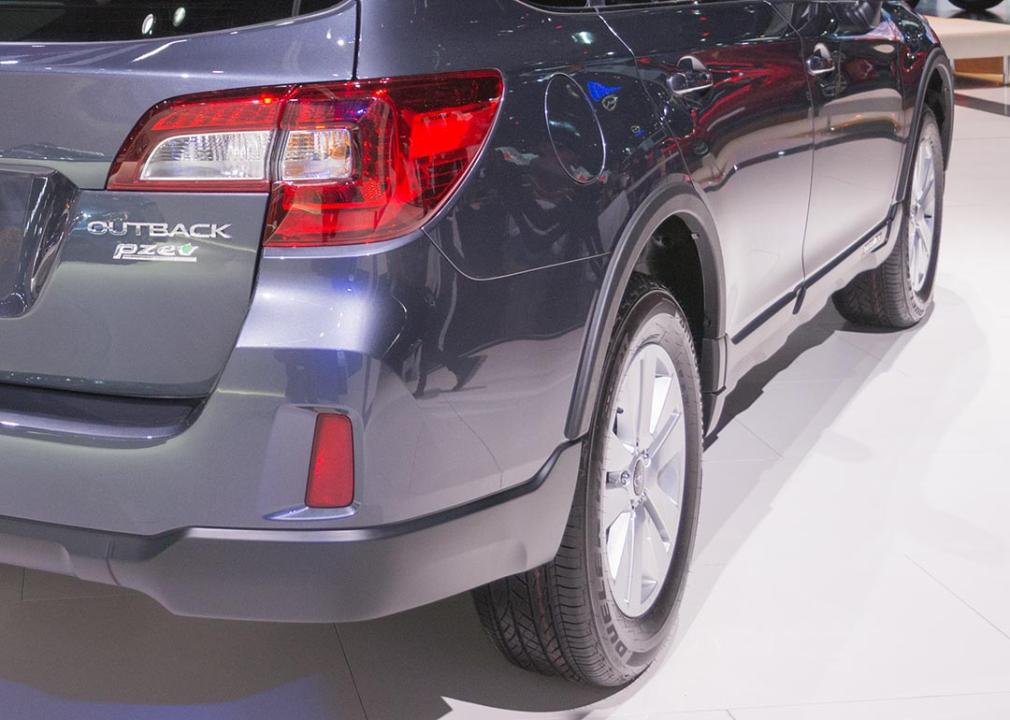
A partial zero emission vehicle (PZEV) is a category established by the California Air Resource Board in 1998 as part of an effort to get more zero emission vehicles (ZEVs) on the road. The original target established by California would have required 10% of vehicles manufactured for sale in the state to be zero emission vehicles (ZEVs) by 2003.
Automakers were not thrilled, so in an effort to get those companies on board, California established a new category of vehicle: PZEV. The idea was for automakers to use PZEVs as a stepping stone en route to building more zero emission vehicles in the future. The PZEV designation lasted through the 2017 model year, when updated requirements released by California changed the name from PZEV to transitional zero emission vehicle (TZEV).
OK, so what does this all mean? The car experts at Edmunds breaks down the terms to know.
A partial zero emission vehicle has zero evaporative emissions, has a 15-year warranty on its emissions equipment, and meets the super ultra-low emission vehicle (SULEV) standard set out by the Environmental Protection Agency. PZEVs will typically have an upgraded catalytic converter and extra filters to prevent the leak of gas vapors.
That's a lot to take in all at once, so let's break down each piece of that definition.
A super ultra-low emission vehicle is another California Air Resource Board-defined emission standard that aims to reduce smog-forming emissions. These are distinct from greenhouse gases because they represent different pollutants that affect different layers of the atmosphere. Greenhouse gases stay in the atmosphere longer and cause global effects like climate change. Smog, on the other hand, usually sticks closer to the ground and is more likely to have a local, regional or national impact.
Think of it this way: Greenhouse gases mess up the global climate. Smog-forming emissions are what might make the air tough to breathe where you live.
Gasoline vapors can escape a vehicle's fuel tank and cause pollution even when it is parked and shut off. Evaporative emission control systems are used to prevent those vapors from escaping into the atmosphere. For a vehicle to have zero evaporative emissions, it typically needs an upgraded fuel tank, gas cap and filters installed.
A transitional zero emission vehicle, or TZEV, is a vehicle that meets SULEV standards, has no evaporative emissions, meets onboard diagnostic requirements, and has a 15-year/150,000-mile warranty. In other words, it's a lot like the definition for a PZEV — but with updated language and requirements. This designation took hold starting with 2017 model year vehicles.
It depends on what you mean by "better," but the answer is probably no. There are PZEVs that produce less smog-creating pollutants than a similar hybrid, but they usually still emit more greenhouse gases. PZEV, like TZEV, is a designation that does not correspond to better fuel economy or any government perks. There are no carpool lane stickers or rebates. The advantage to driving a PZEV is the upgraded evaporative emissions standards and the extended warranty of said systems.
An advanced technology partial zero emission vehicle (AT-PZEV) meets PZEV standards but also tends to get much better fuel economy. These vehicles are often hybrids or, even more commonly, plug-in hybrids. The PZEV designation has no impact on a vehicle's gas mileage.
There are now 17 states that have adopted California's emissions standards laid out in its Advanced Clean Cars II act: Colorado, Connecticut, Delaware, Maine, Maryland, Massachusetts, Minnesota, Nevada, New Jersey, New Mexico, New York, Oregon, Pennsylvania, Rhode Island, Vermont, Virginia and Washington. These are states where you might find PZEVs or TZEVs for sale.
Both PZEVs and TZEVs release fewer pollutants than the average vehicle, but they're merely a stepping stone toward zero emission vehicles. If you're looking for a greener vehicle than the one you own but aren't ready to buy a hybrid or fully electric car, a PZEV might be the way to go.